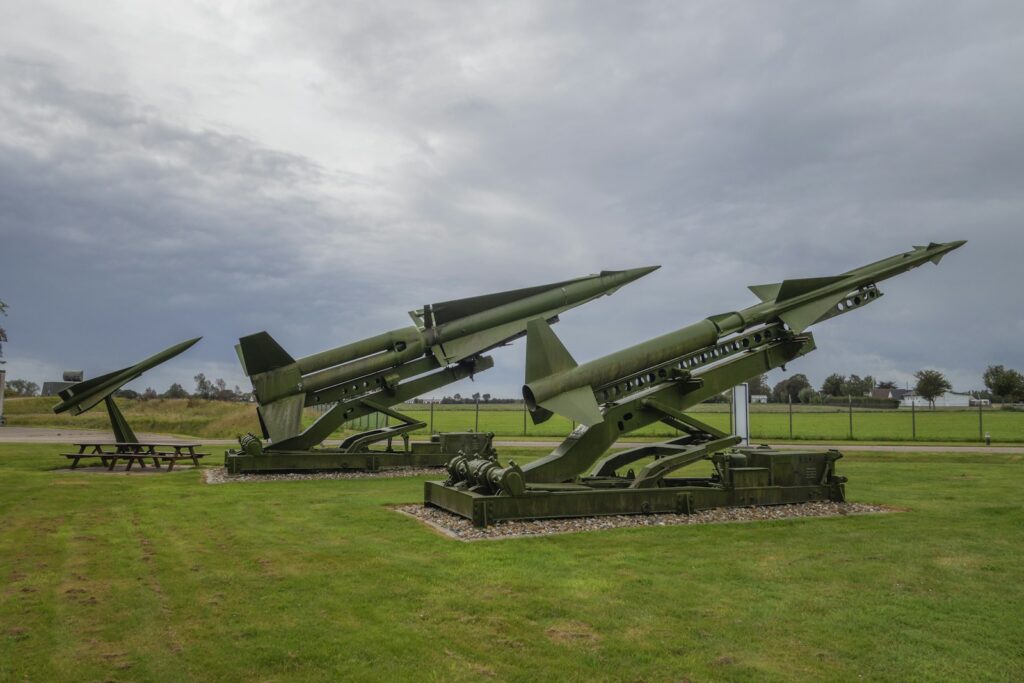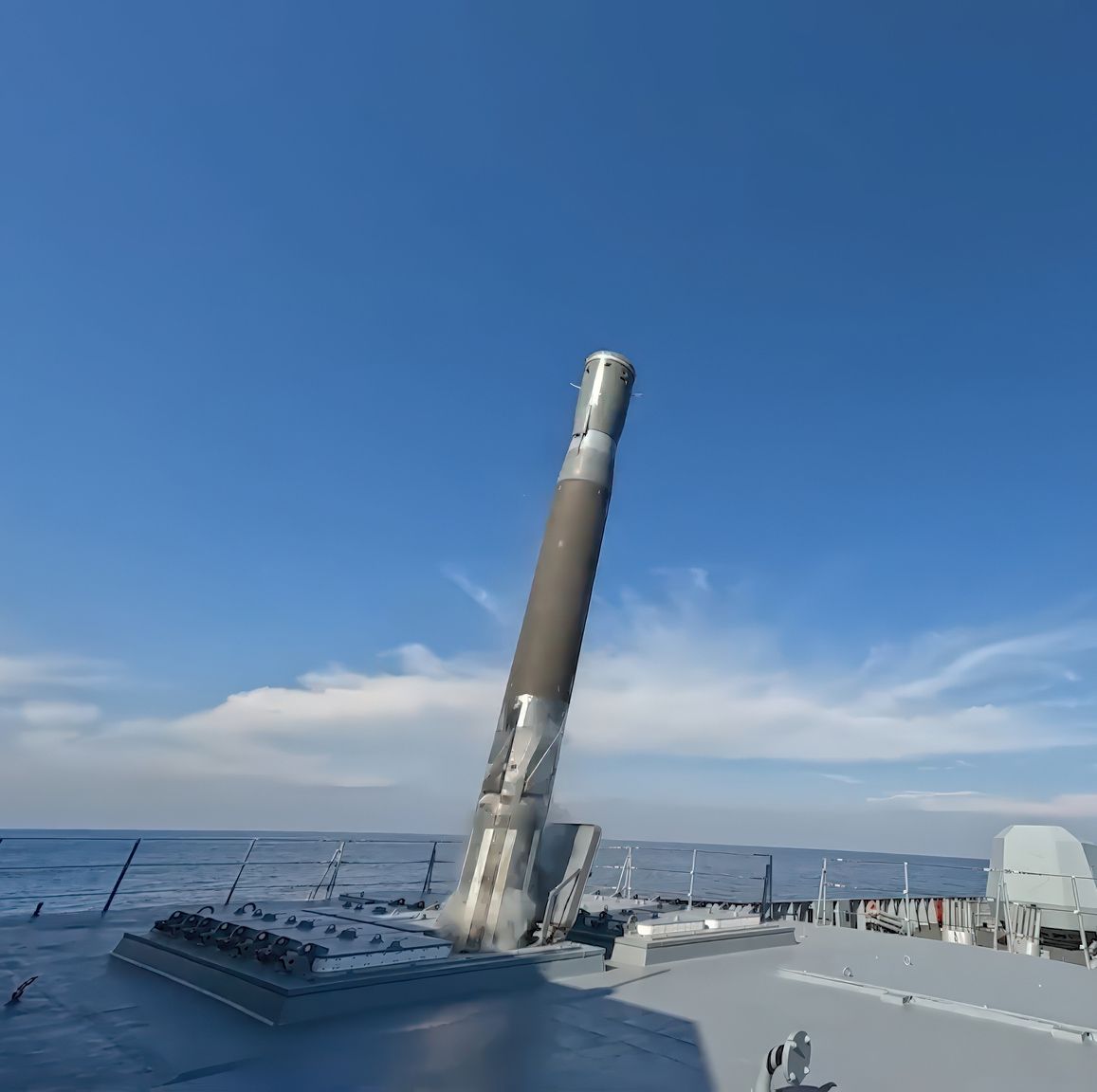
The Rise of Affordable Precision in Modern Warfare
The nature of modern warfare is shifting, driven by the demand for affordable, modular, and sophisticated precision strike systems. The boundaries between uncrewed aerial systems (UAS), kamikaze drones, and conventional cruise missiles are becoming less distinct. Nations and defense contractors are competing to produce smaller, smarter, and more cost-effective weapons capable of delivering precision strikes over extended ranges, reshaping strategic calculations.
Recent conflicts, including the ongoing war in Ukraine and operations in the Middle East, have underscored the rapid depletion of guided weapon stockpiles. This has accelerated the search for munitions that can be manufactured quickly and affordably, delivering most of the capability of larger systems at a fraction of the cost. The goal is to create solutions that are practical for sustained operations while maintaining effectiveness.

Russia’s S8000 Banderol: Compact and Strategic
One notable development is Russia’s S8000 Banderol, a medium-range cruise missile monitored closely by Ukraine’s GUR military intelligence agency. Public sightings and intelligence suggest it can be deployed from both Mi-28N Havoc helicopters and Orion combat drones. The Banderol’s compact design reflects Russia’s focus on adapting stand-off strike capabilities to a variety of launch platforms.
Photographed at Russia’s Kapustin Yar training ground in 2024, the missile is about five meters long with a 300-millimeter fuselage diameter. It resembles the U.S. AGM-158 JASSM in form, leading to speculation about possible design influence. It has an estimated range of 310 miles, a cruising speed of 350 mph, and carries a 253-pound high explosive/fragmentation warhead. While not matching the capabilities of larger cruise missiles, it meets Russia’s operational needs by allowing launches from beyond the reach of Ukrainian air defenses.
Design and International Components
The Banderol uses inertial navigation with a jam-resistant Kometa-8M satellite navigation antenna, making it suitable for attacks on predesignated static targets. According to GUR, it can perform tighter turns than typical Russian cruise missiles, potentially enabling advanced maneuvering during flight.
A striking feature is its reliance on civilian-grade components from 30 different international suppliers. These include a Chinese Swiwin SW800Pro-A95 turbojet, Chinese inertial navigation systems, Australian telemetry modules, Japanese batteries, South Korean servos, and U.S. RF power amplifiers, among others. This highlights both Russia’s reliance on imported parts and its ability to acquire dual-use technology through complex procurement networks.

Expanding Launch Options
The Banderol’s design allows for integration with the Kronstadt Orion drone, enhancing the drone’s utility in long-range strike missions. It can also be mounted on the stub wings of Mi-28N helicopters, enabling them to engage targets from safer distances. This reflects a broader shift toward equipping various platforms with long-range precision capabilities, increasing flexibility while reducing exposure to defensive systems.

Western Modular Missile Families
Western defense companies are also heavily investing in modular and cost-effective precision weapons. L3Harris has unveiled the Wolf family, which includes the Red Wolf for long-range precision strikes and the Green Wolf for electronic warfare. Both can be launched from air, ground, and maritime platforms, and are designed for multi-domain use.
The Wolf family has undergone over 40 test flights since 2020. It offers endurance at high subsonic speeds, a range of over 200 nautical miles at low altitudes, and modular payload configurations. The U.S. Marine Corps is testing the Red Wolf as part of its Long Range Attack Missile (LRAM) project, aiming for ranges far exceeding current systems such as the AGM-114 Hellfire.
L3Harris envisions the Wolf variants working together in coordinated missions. Green Wolves can detect and locate enemy assets, clearing the way for Red Wolves to strike. Decoy versions may further complicate enemy defense responses. With a targeted unit price of around $300,000 and a planned production rate of 1,000 units per year, the Wolf family offers competitive cost-effectiveness compared to existing systems.

Other U.S. Developments: Barracuda and CMMT
Anduril’s Barracuda-100M is another system in the same class, with variants designed for different range and payload requirements. It is currently undergoing U.S. Army testing under the High-Speed Maneuverable Missile (HSMM) program, which focuses on a new Precision Target Acquisition Seeker (PTAS) for autonomous target tracking.
Lockheed Martin’s Common Multi-Mission Truck (CMMT) family, evolving from the Speed Racer program, includes air vehicles designed for different deployment methods, including the Rapid Dragon palletized munition system. Tests have demonstrated both unpowered and powered flight configurations, showcasing rapid development cycles and platform flexibility.

Strategic Implications
While high-end hypersonic systems such as Russia’s Zircon push the limits of speed and stealth, the new generation of subsonic mini cruise missiles aims for mass production, affordability, and adaptability. These systems address the challenge of sustaining munition supplies in prolonged high-intensity conflicts, providing a scalable and cost-effective way to maintain strike capabilities.
The emergence of systems like the Banderol, Wolf family, Barracuda, and CMMT marks a turning point in military procurement strategy. Precision strike capabilities are becoming more accessible, allowing a wider range of platforms to conduct standoff attacks. This trend is reshaping the balance of offense and defense, making adaptable, affordable precision a defining factor in future military power.




